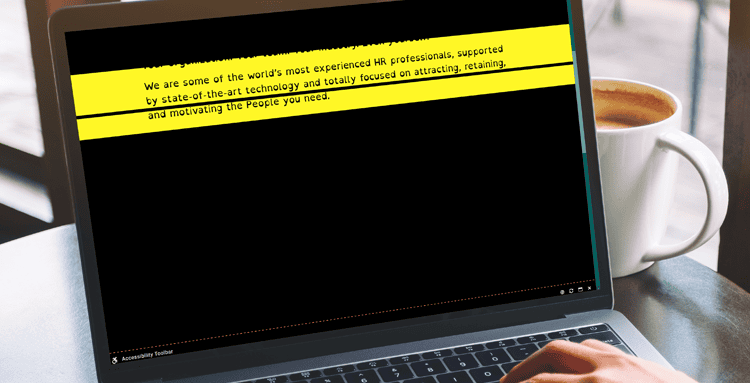
Why Fostering an Accessibility Mindset is Good for Business
As they seek to broaden and mature their position on the diversity and inclusion agenda, most organizations agree that enhancing their accessibility is important. However, what many have not yet realised is the sheer scale of the opportunities that exists by proactively addressing this issue.
The UK government has recently produced an updated House of Commons research briefing on disability which highlights a 4% increase in those legally defined as disabled (now 22% of the population) with numbers having risen over the last decade from 12.7 million people to over 14.6 million.
Similarly in the US, the Centre for Disease Control’s Disability and Health Data System has found that approximately 1 in 4 US citizens have accessibility needs, which equates to 61 million individuals.
These are big numbers, and organizations need to adopt an accessibility mindset if they are going to effectively engage with these potential customers and employees.
From a customer perspective, a report from Click-Away Pound shows the commercial incentive for making the online shopping experience as accessible as possible. Their research found that almost 70% of individuals with access needs will ‘click away’ from an inaccessible site which, in the UK alone, equates to £17.1 billion in lost annual sales.
When it comes to hiring new employees, organizations will typically look at a candidate’s digital competency. Indeed, more than 82% of mid-level job advertisements demand that applicants have a proficiency in using digital tools. This, however, risks individuals with online accessibility issues being overlooked, despite being able to bring other valuable experience and skills to the table. A company that is flexible in its approaches to these needs will find that they gain access to a much larger pool of talent – as well as diverse mindsets that can help further develop a workplace’s culture. And this does not account for the third of all potential job candidates who said they would not consider working for an organization where there was a lack of diversity amongst its staff.
How to Improve your Accessibility
The first step towards improving your organization’s accessibility is to start by understanding how it impacts your business. Every organization is as individual as the people who work within it and the customers that it serves – and this is where we can help.
Step by step we can help assess where your organization is on its accessibility journey and then work with you to develop and shape your organizations capabilities to form a more inclusive business model.